When I learned, what the anode and the cathode are, there were two definitions corresponding to each other:
- Cathode is, where electrons enter in the system.
- Anode comes from the greek anodos meaning "going upwards", that is where current enters the system (that is the dirrection opposing to the flow of the electrons)
Now when I tried to understand the reverse biasedness of a photodiode, I struggled half an hour until I realized, that most of the sources I could find, refers the N-doped end of the diode a cathode, even if the current is now reverse.
Did I miss something? Why is that? Is there another interpretation for these notions?
